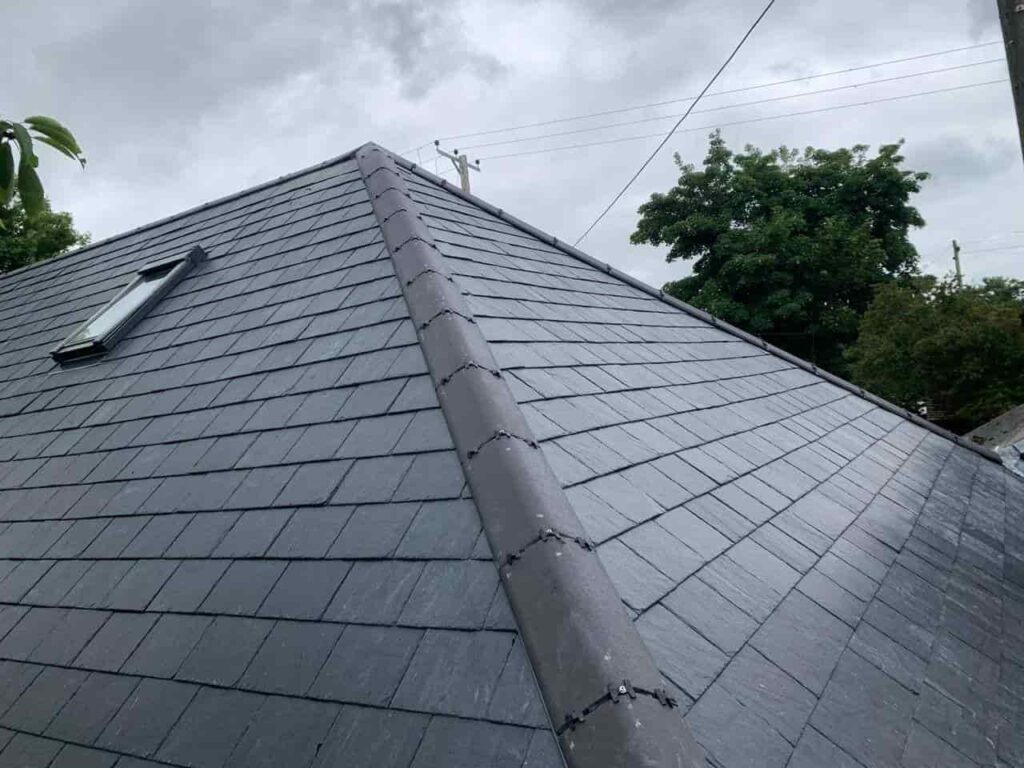Roof flashing is a critical component of any roofing system, often overlooked by homeowners but essential in preventing water infiltration and protecting your home. Located at key junctions and transitions on your roof, flashing plays a vital role in directing water away from the most vulnerable areas. At Canterbury Roofers, we understand the importance of effective roof flashing and how it contributes to the overall integrity of your roofing system. Here’s a closer look at how roof flashing works and why it is essential for safeguarding your home.
Understanding Roof Flashing
Roof flashing is typically made from durable materials such as aluminium, copper, or galvanised steel. Its primary function is to prevent water from seeping into areas where two surfaces meet, such as:
- Chimneys: Flashing is installed around the base of chimneys to direct water away and prevent it from pooling or leaking into your home.
- Vents: Roof vents, which are necessary for ventilation, can also be entry points for water if not properly sealed with flashing.
- Walls and Roof Junctions: Where your roof meets a wall, flashing helps direct water away from these critical areas to prevent leaks.
The Role of Flashing in Water Prevention
- Directing Water Away from Vulnerable Areas
One of the primary functions of roof flashing is to direct rainwater away from joints and transitions. When properly installed, flashing channels water down the roof surface and away from penetrations, ensuring that it does not pool in vulnerable areas. This helps to maintain the integrity of roofing materials and prevents leaks that could cause significant damage to your home’s interior.
- Creating a Barrier Against Moisture
Flashing acts as a barrier against moisture, preventing water from entering through gaps and seams. Without effective flashing, water can infiltrate your roof, leading to mould growth, structural damage, and costly repairs. Properly installed flashing ensures that the vulnerable parts of your home, such as attics, ceilings, and walls, remain dry and protected.
- Enhancing Roof Longevity
By preventing water infiltration, roof flashing can significantly enhance the longevity of your roofing system. When moisture is kept at bay, the underlying materials, such as insulation and wooden rafters, remain in good condition, reducing the risk of rot and decay. This proactive approach helps extend the lifespan of your roof, saving you money on repairs and replacements in the long run.
- Adapting to Roof Movements
Roofs expand and contract with temperature changes, which can lead to gaps forming at joints and seams. Flashing is designed to accommodate these movements, maintaining a watertight seal even as the roof shifts. This flexibility is crucial in preventing leaks during extreme weather conditions.
Common Types of Roof Flashing
- Step Flashing: Used around chimneys and walls, step flashing consists of individual pieces of flashing that overlap and direct water down the roof.
- Continuous Flashing: A single piece of flashing used along the edge of walls and roofs, continuous flashing provides a longer watertight seal.
- Counter Flashing: Installed over step flashing to provide an extra layer of protection, counter flashing is typically used in areas where walls meet the roof.
- Valley Flashing: Installed in roof valleys where two slopes meet, valley flashing directs water flow down the roof and prevents pooling.
Conclusion
Roof flashing is a crucial element in preventing water from entering the most vulnerable parts of your home. By directing water away from critical joints and creating a barrier against moisture, flashing helps protect your home from potential damage, ensuring its longevity and integrity.
Call us on: 01227 538093
Click here to find out more about Canterbury Roofers
Click here to complete our contact form and see how we can help with your roofing needs.
